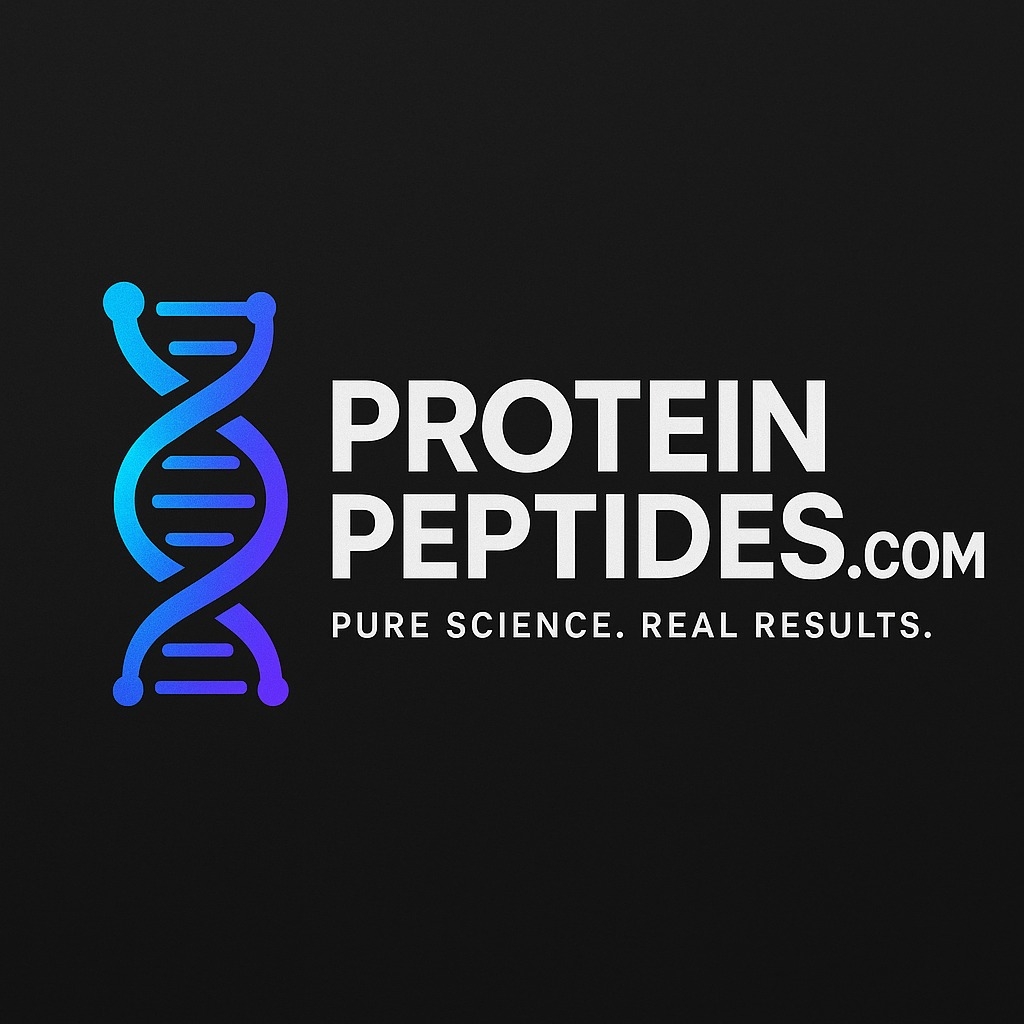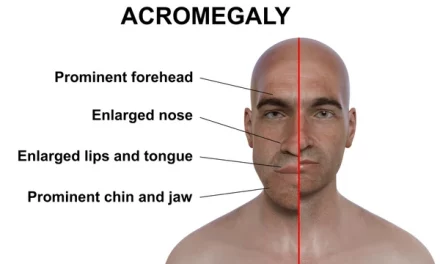Peptides: Increasing Lean Muscle Mass and Accelerating Recovery
Achieving a strong, lean physique and optimizing recovery are common goals for athletes, fitness enthusiasts, and anyone looking to improve their physical performance. While a proper diet, exercise routine, and adequate rest are the foundation of any fitness plan, the use of peptides has gained significant attention as a way to accelerate progress in both muscle building and recovery. Peptides, which are short chains of amino acids, play a crucial role in cellular processes such as muscle growth, fat loss, and tissue repair. This article delves into how peptides contribute to increasing lean muscle mass and speeding up recovery, highlighting the key peptides involved and their mechanisms.
Understanding Peptides and Their Role in the Body
Peptides are naturally occurring molecules made up of short chains of amino acids, the building blocks of proteins. In the body, peptides serve as signals that activate various biological processes, such as cell communication, tissue repair, and hormone regulation. When it comes to fitness, certain peptides have been shown to influence muscle growth, fat loss, and recovery. They do so by stimulating growth factors, increasing protein synthesis, and enhancing cellular repair.
Peptides can be synthesized in the laboratory for therapeutic and performance-enhancing purposes, making them accessible to athletes and those seeking to improve physical fitness. Some peptides are designed to mimic or amplify the effects of natural hormones in the body, while others focus specifically on tissue repair or muscle regeneration. For individuals looking to gain lean muscle mass and speed up recovery, certain peptides are particularly effective.
Key Peptides That Promote Lean Muscle Mass and Recovery
- Growth Hormone-Releasing Peptides (GHRPs):Growth hormone-releasing peptides, such as CJC-1295 and Ipamorelin, stimulate the pituitary gland to release growth hormone (GH). Growth hormone is a key player in muscle growth, fat metabolism, and overall recovery. By increasing the secretion of growth hormone, GHRPs promote muscle growth, enhance fat loss, and aid in tissue repair. This makes them particularly useful for individuals looking to increase lean muscle mass and speed up recovery after intense training sessions.The increased production of growth hormone also helps improve the body’s ability to burn fat, which is beneficial for achieving a leaner physique. Moreover, GHRPs have been shown to improve sleep quality, which is essential for muscle recovery and repair.

- IGF-1 (Insulin-Like Growth Factor-1):IGF-1 is a naturally occurring peptide that plays a significant role in muscle growth and recovery. It works synergistically with growth hormone to stimulate protein synthesis, which is essential for muscle repair and growth. IGF-1 promotes the activation of satellite cells, which are responsible for repairing damaged muscle fibers. By increasing protein synthesis and inhibiting muscle breakdown, IGF-1 helps individuals increase lean muscle mass and recover faster from intense workouts.One of the benefits of IGF-1 is its ability to increase the uptake of nutrients into muscle cells, providing them with the necessary building blocks for growth. This is particularly helpful after a strenuous workout, as muscles need to repair and rebuild in order to grow stronger.
- BPC-157 (Body Protection Compound 157):BPC-157 is a peptide that is known for its powerful healing and anti-inflammatory properties. It promotes faster recovery by stimulating the regeneration of muscle fibers, tendons, and ligaments. BPC-157 has been shown to enhance blood flow to injured tissues, allowing for faster delivery of oxygen and nutrients. This results in a more efficient repair process, reducing recovery time and enabling athletes to train harder and more frequently.Additionally, BPC-157 reduces the effects of inflammation, which is a common cause of delayed recovery. By reducing inflammation, BPC-157 speeds up the healing process and minimizes the risk of overuse injuries.
- TB-500 (Thymosin Beta-4):TB-500 is a peptide that helps promote tissue repair by enhancing cell migration and differentiation. It plays a key role in muscle recovery by stimulating the production of new muscle cells and aiding in the repair of damaged tissues. TB-500 also helps reduce inflammation and promotes collagen production, which is essential for maintaining the structural integrity of muscles, tendons, and ligaments.By speeding up tissue repair and reducing inflammation, TB-500 accelerates recovery and helps athletes return to training faster, with less downtime between workouts.
- Collagen Peptides: Collagen peptides are derived from collagen, a structural protein that is found in connective tissues such as tendons, ligaments, and joints. Collagen peptides help to strengthen these connective tissues, providing support for muscles and joints during physical activity. By improving the elasticity and resilience of connective tissues, collagen peptides reduce the risk of injury and promote overall joint and muscle health.Collagen peptides also aid in muscle repair by supporting the regeneration of damaged tissues. This makes them an important part of any recovery regimen, as they help speed up the healing process and reduce the likelihood of injuries.
How Peptides Increase Lean Muscle Mass
Peptides contribute to muscle growth through several key mechanisms:
- Stimulating Protein Synthesis: Peptides like IGF-1 and GHRPs enhance protein synthesis, the process by which the body builds new muscle proteins. Protein synthesis is essential for muscle growth, as it helps repair and regenerate muscle fibers that are broken down during exercise. The more efficiently the body can synthesize protein, the faster muscle recovery occurs.
- Activating Satellite Cells: Satellite cells are specialized cells that play a critical role in muscle repair and regeneration. When muscles are damaged, satellite cells are activated to repair the damaged fibers and contribute to muscle growth. Peptides like IGF-1 promote the activation of satellite cells, ensuring that muscle fibers repair quickly and grow stronger.
- Reducing Muscle Breakdown: In addition to promoting muscle growth, peptides also help reduce muscle breakdown. This is especially important during periods of intense training or calorie restriction, as the body can enter a catabolic state in which muscle tissue is broken down for energy. Peptides help counteract this by inhibiting muscle degradation, allowing the body to maintain or even increase muscle mass.
How Peptides Accelerate Recovery
Peptides accelerate recovery through several mechanisms:
- Reducing Inflammation: Peptides like BPC-157 and TB-500 reduce inflammation, which is a natural response to muscle damage. While inflammation is essential for healing, excessive inflammation can slow recovery and cause discomfort. By reducing inflammation, these peptides create an optimal environment for muscle repair and accelerate the recovery process.
- Promoting Blood Flow: Increased blood flow to injured tissues is crucial for delivering oxygen and nutrients necessary for healing. Peptides like BPC-157 enhance blood circulation to damaged muscles, speeding up the delivery of essential nutrients that aid in muscle recovery and regeneration.
- Supporting Tissue Repair: Peptides like TB-500 and collagen peptides promote the regeneration of damaged tissues, including muscles, tendons, and ligaments. This allows athletes to recover faster and return to training without the risk of long-term injuries.
Safety and Considerations
While peptides offer significant benefits for muscle growth and recovery, it is important to use them responsibly. Peptides should be sourced from reputable suppliers, and individuals should consult with a healthcare provider before incorporating them into their fitness regimen. Additionally, peptides should be used as part of a comprehensive recovery plan that includes proper nutrition, rest, and training.
Final Thoughts
Peptides offer a powerful solution for individuals looking to increase lean muscle mass and accelerate recovery. By stimulating protein synthesis, activating satellite cells, reducing inflammation, and enhancing tissue repair, peptides can significantly improve muscle growth and reduce recovery time. When used correctly and responsibly, peptides are a valuable tool for athletes and fitness enthusiasts seeking to optimize their performance and achieve their goals.
Protein Peptides: Increases Lean Muscle Mass and Accelerates Recovery
Protein Peptides: Increases Lean Muscle Mass and Accelerates Recovery
- Chang et al. (2014). Pentadecapeptide BPC 157 enhances the growth hormone receptor in tendon fibroblasts, promoting tissue repair. Journal of Applied Physiology. Preclinical evidence shows accelerated muscle and tendon healing through growth hormone signaling upregulation. (Business Insider, PMC)
Full text - Gwyer et al. (2019). BPC 157 accelerates skeletal muscle healing and restores function post‑injury in rodent models. Experimental muscle injury studies demonstrate full functional restoration and reduced muscle proteolysis. (PMC, SpringerLink)
Springer link - Philippou et al. (2014). Optimizing IGF‑I for skeletal muscle therapeutics: preclinical and clinical implications. This review outlines how IGF‑I promotes muscle mass, strength, and repair via anabolic signaling pathways. (SpringerLink, PMC)
PMC review - Ahmad et al. (2020). Implications of Insulin‑Like Growth Factor‑1 in skeletal muscle: mechanisms of myogenesis and muscle repair. Highlights IGF‑1’s role in activating satellite cells and enhancing protein synthesis. (PMC, MDPI)
MDPI review - Dong et al. (2022). IGF‑1 therapy improves muscle size and function in ischemic limb models. Demonstrates significant muscle hypertrophy and functional gains via IGF‑1 in experimental models. (MDPI, jacc.org)
JACC article - Business Insider (July 2025). Despite popularity, peptides like BPC‑157 and CJC‑1295 lack robust human evidence and pose regulatory risks. Highlights widespread use among athletes and cautions from medical professionals. (jacc.org, Business Insider)
Article summary






